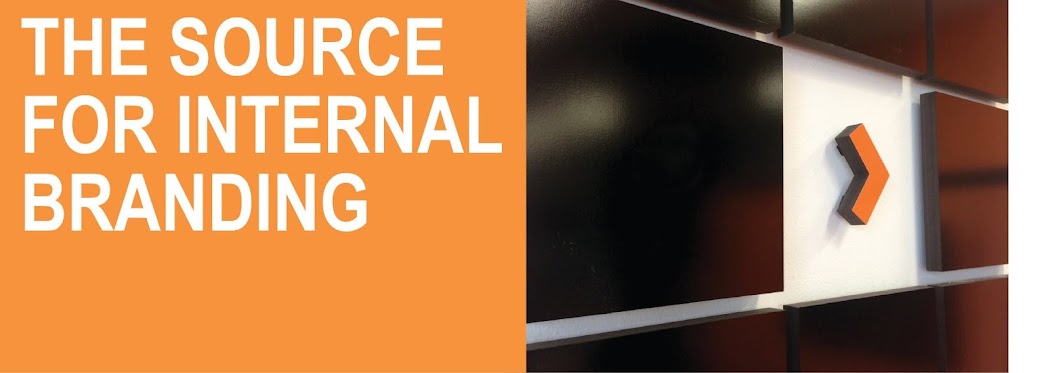| Fourth and Final Internal Branding Thought Leadership Piece Here is our fourth and final installment in the series on Internal Branding/Employee Engagement. In our last email, we discussed our framework called Inward's Internal Dialogue Marketing™ Framework, which takes the theory and makes it practical. In this email we will spotlight Inward's Brand Alignment Process - How to Operationalize the framework into four phases and creation of an execution/tactical plan. |
| Inward's Brand Alignment Process - How to Operationalize the framework into four phases  Our process is a four-phase engagement with multiple steps. The four phases are:
Within each phase are a series of sequential steps. These steps have a wide variety of activities and deliverables that become dependent on creative ideation, scope of work, budgets, timeline, etc. In addition, the processes and steps should be customized to the company's internal branding requirements and unique culture. |
| Internal Brand Challenges Having a codified process is not enough however. A company must anticipate the internal brand challenges in advance and be prepared to address them. Here is what we believe are the critical success factors that should be incorporated into planning an effective four phase tactical plan.
|
| Summary So there you have it. Internal Branding is an organized, outcome-driven approach to get to a desired state while continually answering the question ... "What's in it for me?" Companies must work HARD to make the working environment relevant and important to every employee through SIMPLIFIED relevant communications, so that they change their behavior and know what to do to reinforce positive customer experiences every day, which makes it EASY to live up to the corporate brand values and external brand promises.
We hope you have found our four part series educational and helpful. Please be sure to pass the series on to your colleagues and friends inside and outside the company. Also we invite you to visit Inward's newly redesigned Web 2.0 website where you will find numerous thought leadership pieces and white papers. Also you can sign up and become a member of our Inward community. Thank you again for your time and support. We also welcome your comments so drop me a line. Sincerely, Allan |

